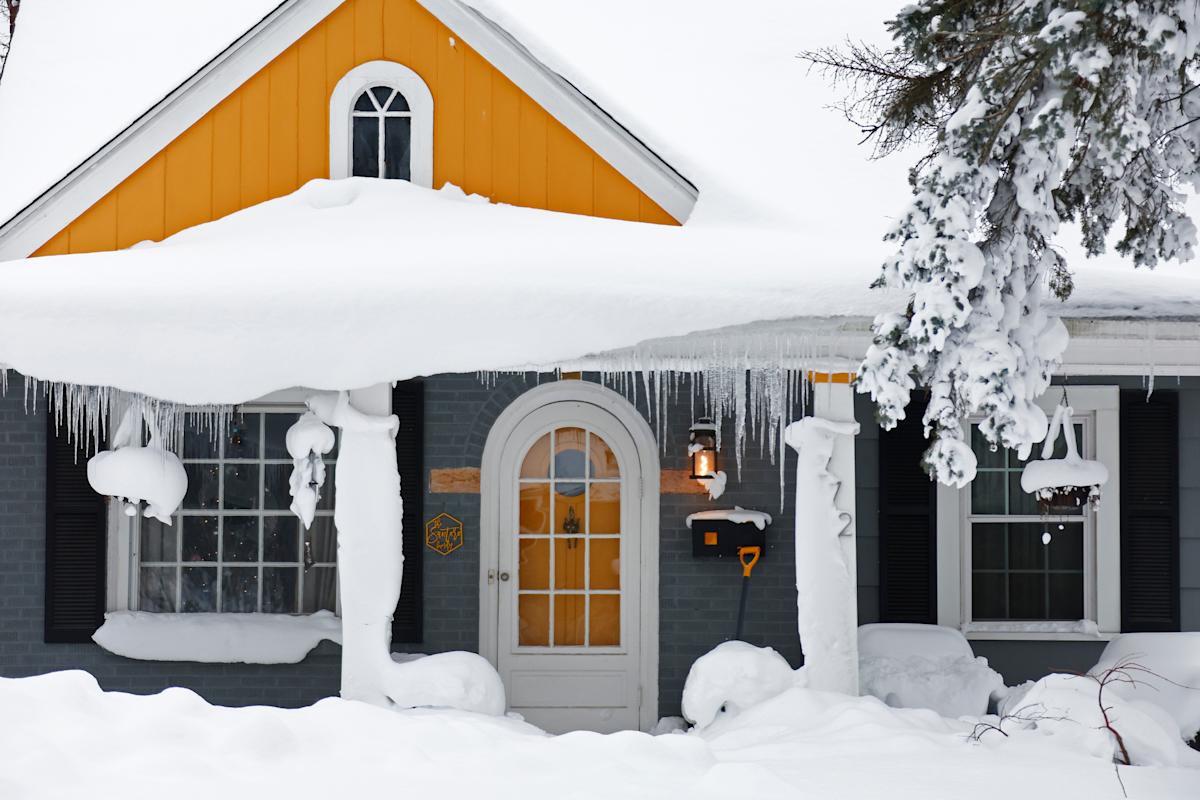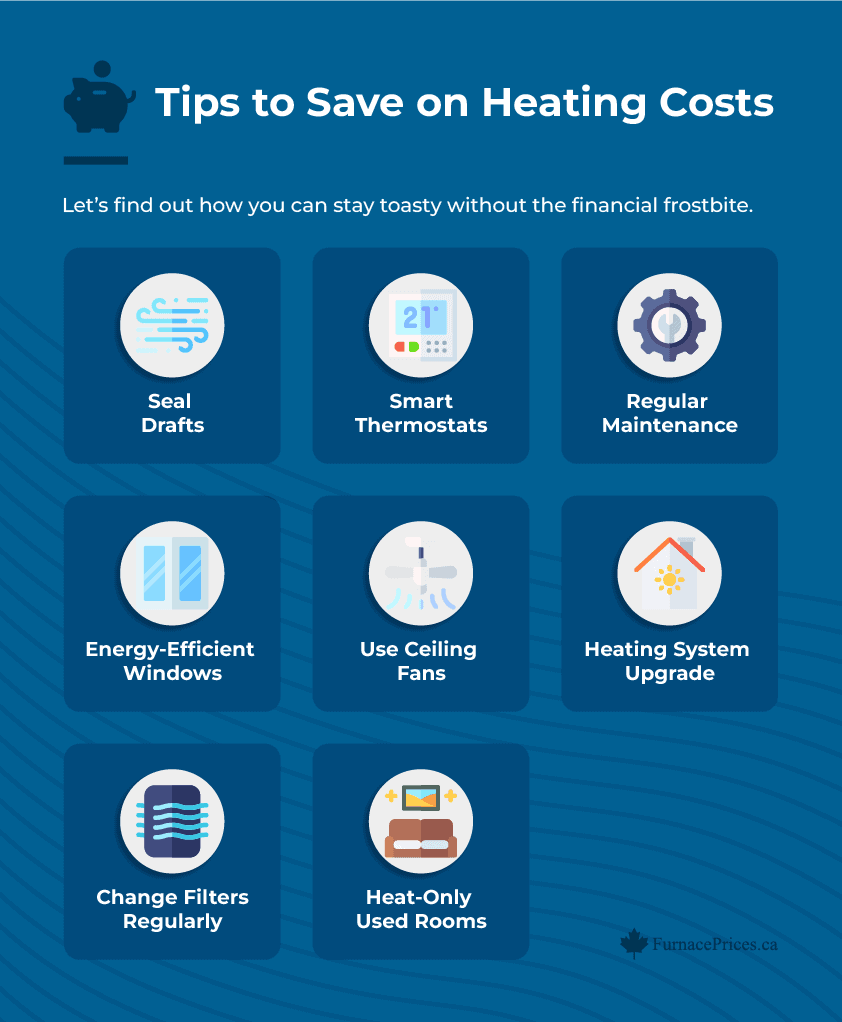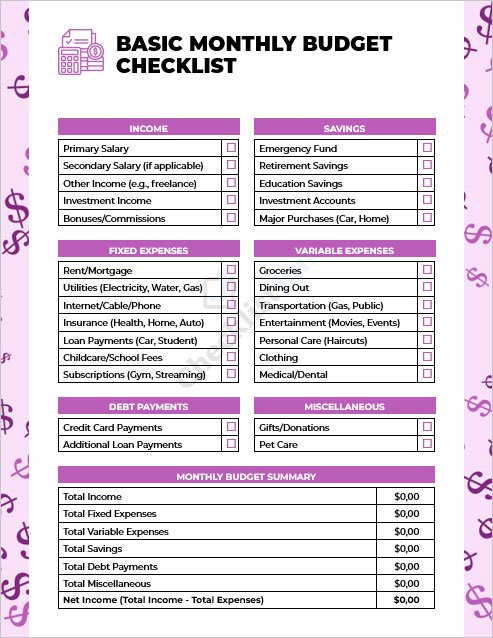
Canadian Seasonal Expense Patterns
Seasonal costs can consume 40-60% of annual discretionary spending if unmanaged, making proactive planning essential for Canadian families.
Read Guide →
Winter Budgeting (October-March)
Monthly heating budget $150-400 depending on home size, program thermostat for 10-15% savings, weather stripping investments, emergency heating fund planning.
Read Guide →
Winter Clothing and Equipment
Annual winter wardrobe budget $200-500 per adult, children's winter gear $100-300 per child, seasonal gear investment, pre-season shopping for best prices.
Read Guide →
Back-to-School Season (August-September)
Educational expenses per child: School supplies $100-250, clothing $150-400, technology $200-800, extracurricular fees $200-800, total per child $650-2,250.
Read Guide →
Strategic Back-to-School Planning
Summer sales shopping (July-August), hand-me-down and resale market utilization, generic brand school supplies, technology planning for multi-year use.
Read Guide →
Holiday Season (November-December)
Comprehensive holiday budgeting: Gift budget 1.5% of annual income per recipient tier, food and entertaining 0.5-1% of annual income, travel costs variable, decorations $100-300 total.
Read Guide →
Holiday Budget Management
Start saving in October (monthly sinking fund), set per-person gift limits, DIY gift options for cost savings, alternative celebration strategies, post-holiday debt prevention.
Read Guide →
Seasonal Planning Tips
Start saving for seasonal expenses 3 months early, track actual spending to improve estimates, use storage containers to organize items, consider sharing costs with extended family.
Read Guide →Canadian Seasonal Expense Patterns
Seasonal costs can consume 40-60% of annual discretionary spending if unmanaged, making proactive planning essential for Canadian families. Understanding these patterns allows for better budget preparation and stress reduction.
Why Seasonal Planning Matters in Canada
- Harsh winters require higher heating costs
- Variable weather affects transportation and clothing needs
- Back-to-school represents major annual expense
- Holiday season creates concentrated spending periods
- Seasonal employment affects income patterns
Winter Budgeting (October-March)
Heating Cost Management
- Monthly heating budget: $150-400 depending on home size
- Program thermostat to reduce costs by 10-15%
- Weather stripping and insulation investments
- Alternative heating sources for efficiency
- Emergency heating fund for unexpected repairs
Winter Energy Cost Breakdown
- Space heating: 61% of home energy consumption
- Water heating: 19% of energy usage
- Appliances: 14% of energy consumption
- Lighting: 4% of energy use
- Space cooling: 3% (minimal in winter)
Heating Cost Reduction Tips
- Seal drafts around windows and doors
- Use smart thermostats for better control
- Perform regular HVAC maintenance
- Install energy-efficient windows
- Utilize ceiling fans for better air circulation
- Heat only used rooms
Back-to-School Season (August-September)
Educational Expenses per Child
- School supplies: $100-250
- Clothing and footwear: $150-400
- Technology (if needed): $200-800
- Extracurricular fees: $200-800
- Total per child: $650-2,250
Cost-Saving Strategies
- Shop summer sales (July-August) for best prices
- Use hand-me-downs and family clothing swaps
- Shop at discount stores for basic supplies
- Buy technology with multi-year lifespan in mind
- Ask schools for required supply lists early
Monthly Sinking Fund Calculation
- Start saving in May for September expenses
- Total annual budget ÷ 5 months = monthly savings
- Open separate savings account for tracking
- Automate transfers to maintain consistency
Holiday Season (November-December)
Comprehensive Holiday Budgeting
- Gift budget: 1.5% of annual income per recipient tier
- Food and entertaining: 0.5-1% of annual income
- Travel costs: Variable based on family choices
- Decorations and extras: $100-300 total
Gift Budget Tiers
- Immediate family: $100-200 per person
- Extended family: $50-100 per person
- Close friends: $25-50 per person
- Colleagues/neighbors: $15-25 per person
Holiday Savings Strategy
- Start saving in October using sinking fund method
- Set per-person gift limits and stick to them
- Consider DIY gifts and experiences over items
- Use cashback credit cards for holiday purchases
- Plan for post-holiday debt repayment in January
Seasonal Planning Tips
- Start saving for seasonal expenses 3 months early
- Track actual spending to improve future estimates
- Use storage containers to organize seasonal items
- Consider sharing costs with extended family
- Plan for inflation in annual expense estimates
- Create separate savings accounts for major seasons
- Review and adjust fund amounts annually
The Sinking Fund System
Create separate savings accounts for each major seasonal category:
- Annual Home Maintenance Fund: 1% of home value
- Holiday and Gift Fund: $1,200/year or $100/month
- Back-to-School Fund: $800-1,200 per child annually
- Winter Heating Fund: $100-200 extra monthly Oct-Mar